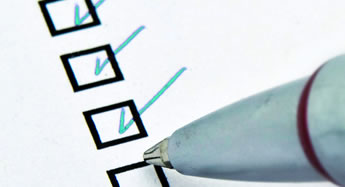Conditions for obtaining an SPC
In 1993, a system of effectively extending the patent term of protection for particular pharmaceutical products was introduced by the use of supplementary protection certificates (“SPCs”), further to Council Regulation (EEC) No 1768/92 (now Regulation 469/2009/EC) (“SPC Regulation”).
The purpose of this legislation is to remedy the common problem that the term of patent monopoly for many pharmaceutical products can be significantly eroded by the time the patentee or their licensee has to wait for the grant of a marketing authorisation. The result can be that there is little or no patent monopoly left on the product by the time it reaches the market; limiting the commercial return on the product and thus undermining the investment made in it.
The SPC Regulation seeks to address this problem by providing up to 5 years further monopoly protection for specific patented “products”.
However, in order to obtain an SPC, there are three key conditions that must first be satisfied. The conditions are found in Article 3 SPC Regulation:
The product must be protected by a basic patent in force (Article 3(a)). The purpose of this provision is to reflect the intention of the SPC legislation to prolong monopoly protection for products that are already patented;
A valid authorisation to place the product on the market as a medicinal product must have been granted (Article 3b). This must be the first authorisation to place the product on the market as a medicinal product; and
 No pre-existing SPC
No pre-existing SPCThe product must not already have been the subject of an SPC (Article 3(c)). The purpose of this provision is to prevent further SPCs for modifications of the same product. For example, it is unlikely that a new formulation of an active ingredient which is already the subject of an SPC can be subject to a further SPC, because a ‘combination of active ingredients of a medicinal product’ used in the definition of ‘product’ in Article 1(b) excludes situations in which only one ingredient has therapeutic effects and the other, such as an excipient, only improves the therapeutic efficacy of the first substance.
If these conditions are satisfied, the legislation provides SPC protection for specific patented products. It does not prolong the patent protection itself, so that many other potential products that fall within the scope of protection of the patent are not covered by the additional SPC protection.
However, the question of whether more than one authorized product protected by the same basic patent may be subject to an SPC is the subject of references to the Court of Justice of the European Union (“CJEU”).
Indeed, a number of issues under the SPC Regulation have been, and are currently being, referred to the CJEU. This reflects the problems that are being encountered with applying the SPC Regulation to modern pharmaceutical developments and the regime implemented by the SPC Regulation has been the subject of judicial criticism for this reason.
If you have any questions on this article or would like to propose a subject to be addressed by Synapse please contact us.


Dr Paul England
Paul is a senior associate and professional support lawyer in the Patents group based in our London office.
"The SPC Regulation seeks to address this problem by providing up to 5 years further monopoly protection for specific patented 'products'."

